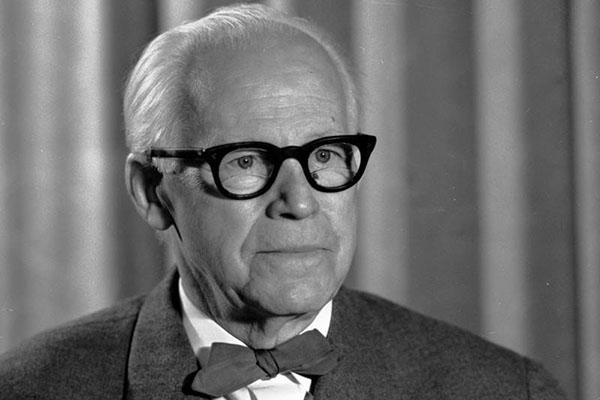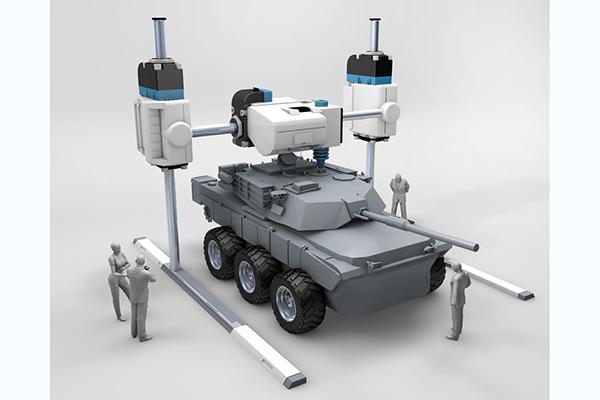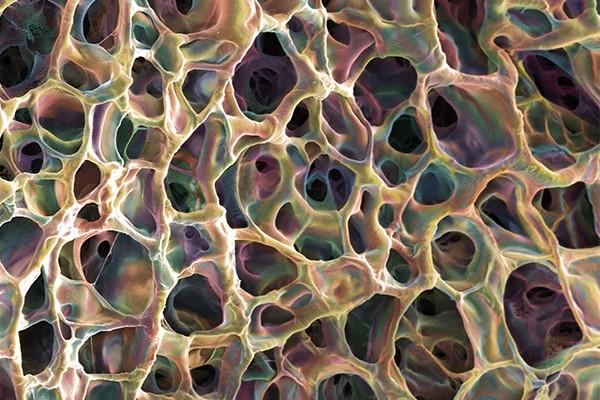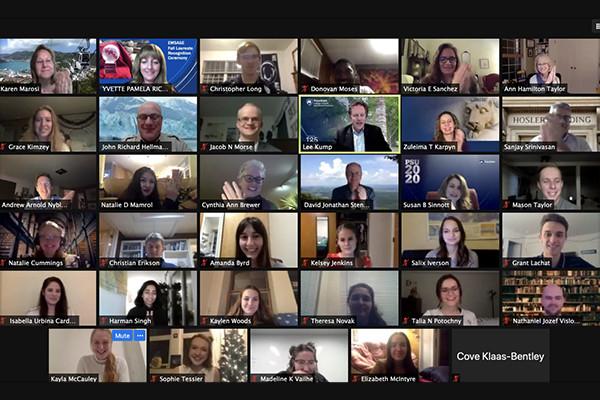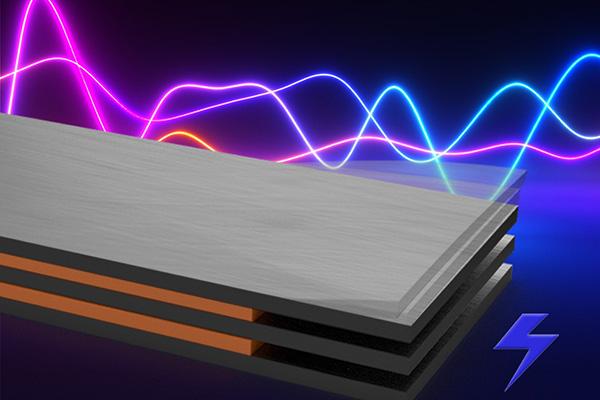When Peter Heaney, Penn State professor of mineral sciences in the College of Earth and Mineral Sciences and the Materials Research Institute, was preparing for a graduate seminar in crystallography last spring, he searched for a photo of an unsung hero of materials science and engineering, Walter Friedrich. What he found instead was a buried interview from 1963 with Friedrich that Heaney helped to translate, shining some light on the German scientist’s vital yet forgotten role in a Nobel Prize-winning discovery.
Researchers in the Penn State College of Engineering received $434,000 from the United States Army to develop additive manufacturing, or 3D printing, techniques for high strength steels and alloys.
Penn State's Office of the Vice Provost for Faculty Affairs has named 13 distinguished professors for 2021 including Clive Randall, professor of materials science and engineering.
The 13th annual Materials Visualization Competition (MVC13) is now accepting submissions. The deadline for submissions is March 1.
The Penn State Data Science Community will host a slate of speakers during the spring 2021 semester. Each topic will focus on the use of data science techniques to investigate a particular subject. Topics for the spring include social media use, additive manufacturing, the exploration of genetics and the role of big data in COVID-19 decision making.
Roman Engel-Herbert of Penn State Department of Materials Science and Engineering was among the team at eVOxS that developed a method for implementing oxide-thin film materials into the production of new electrical devices. The team just won a Ben Franklin Technology Partners/Central and Northern PA prize.
For as long as he can remember, John Hellmann was interested in science. He excelled in chemistry, physics and other fields but he was most drawn to fields that could be applied to solving real-world problems.
Laureates in the College of Earth and Mineral Sciences Academy for Global Experience (EMSAGE) program meet with faculty and University leaders to discuss ways to help students get the most out of their student experience. The program highlights elite students who are successful in three of the following areas: scholarship, experiential learning and global literacy, and service.
Two-dimensional materials can be used to create smaller, high-performance transistors traditionally made of silicon, according to Saptarshi Das, assistant professor of engineering science and mechanics (ESM) in Penn State’s College of Engineering.
Piezoelectric materials hold great promise as sensors and as energy harvesters but are normally much less effective at high temperatures, limiting their use in environments such as engines or space exploration. However, a new piezoelectric device developed by a team of researchers from Penn State and QorTek remains highly effective at elevated temperatures.


